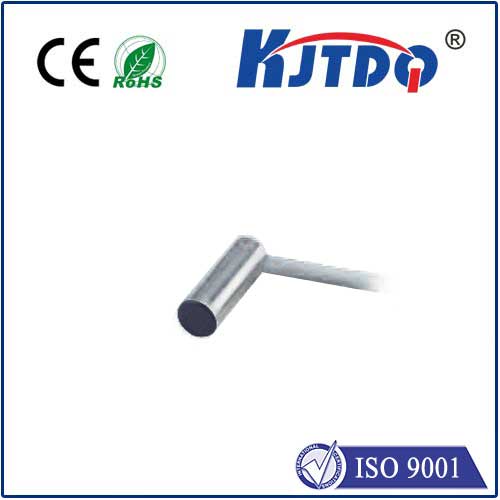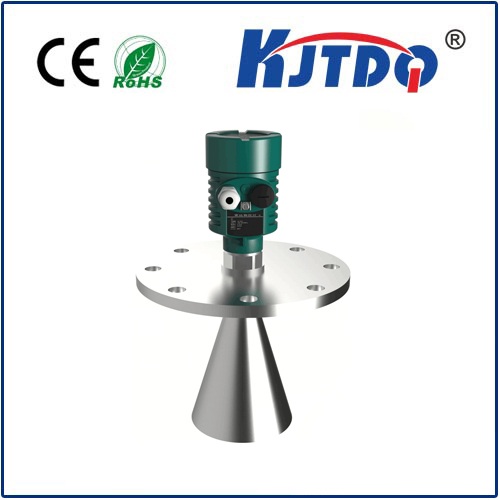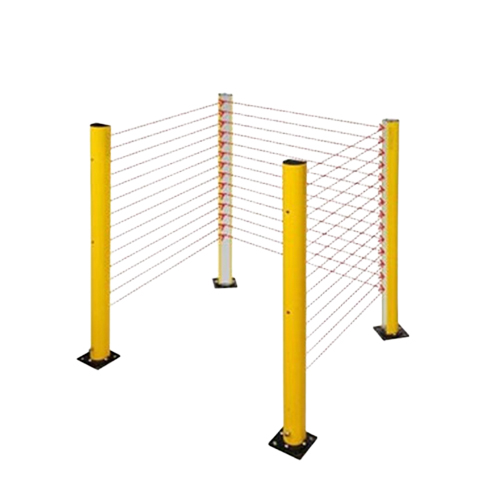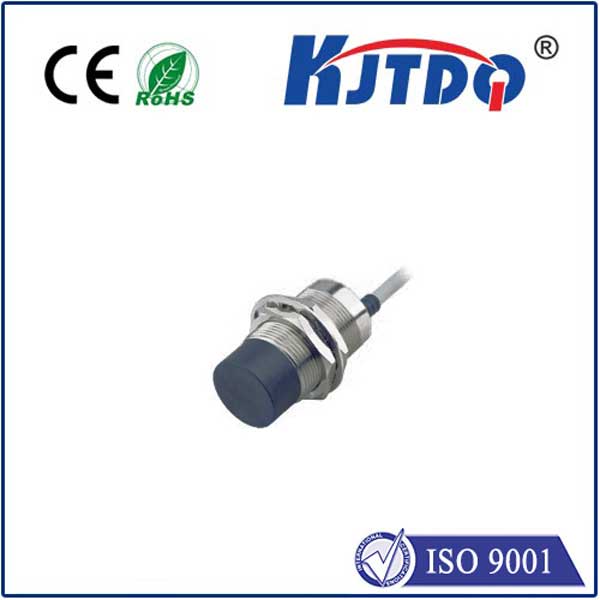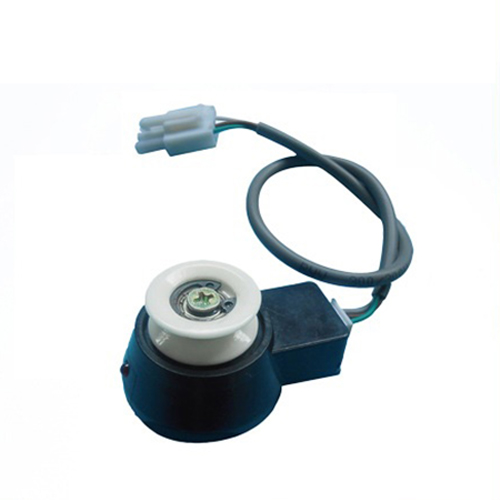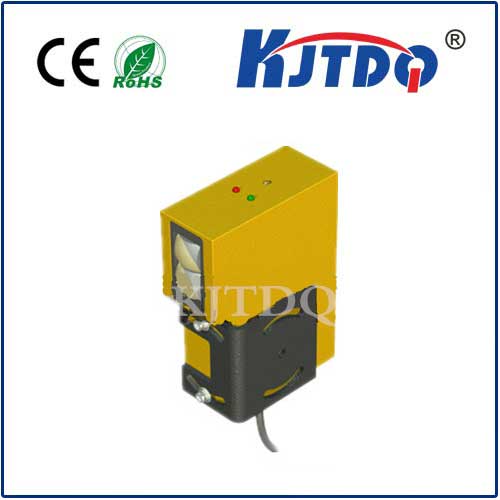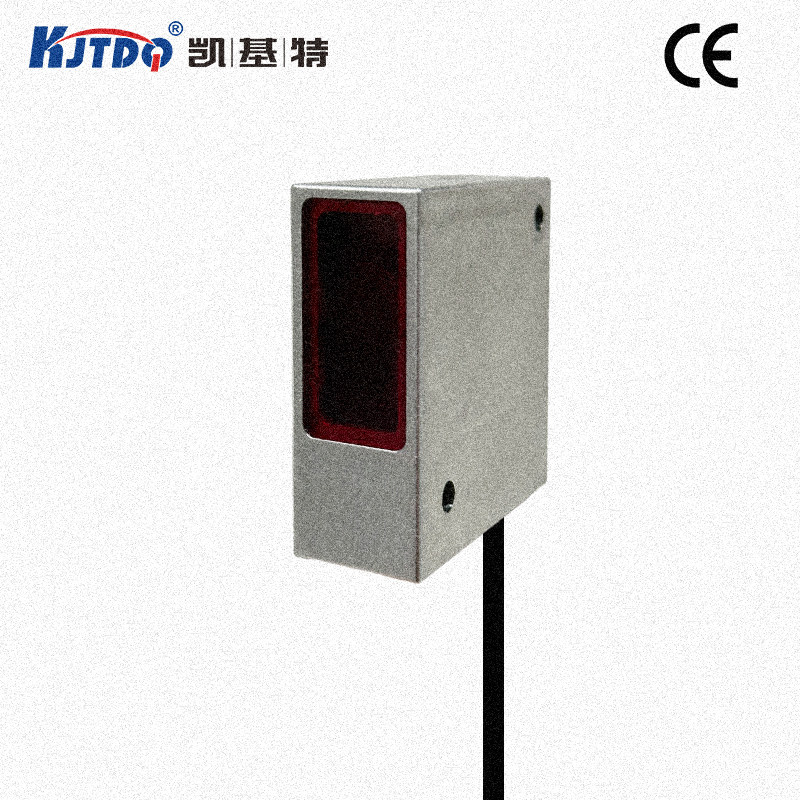magnetic proximity speed sensor
- time:2025-09-05 16:24:22
- Нажмите:0
Magnetic Proximity Speed Sensors: The Unseen Guardians of Motion and Machinery
Imagine a critical piece of machinery humming on a factory floor – a massive turbine, a high-speed conveyor belt, or the drivetrain of heavy equipment. Understanding its rotational speed isn’t just data; it’s the heartbeat of operational health, safety, and efficiency. How do we monitor this vital sign reliably, often in environments hostile to delicate instruments: places filled with grease, dust, vibration, or extreme temperatures? Enter the magnetic proximity speed sensor, an engineering marvel built for resilience and precision where others falter. These unassuming devices operate silently, enduring the toughest conditions while delivering crucial speed data that keeps industries running smoothly and safely.
Demystifying the Non-Contact Principle
At its core, a magnetic proximity speed sensor detects the passing of a ferromagnetic target (like a gear tooth, bolt head, keyway, or dedicated encoder wheel) without any physical contact. This fundamental non-contact operation is its superpower. Unlike mechanical tachometers prone to wear or optical sensors vulnerable to dirt and misalignment, magnetic sensors operate on principles deeply rooted in magnetism.
Two primary technologies dominate:

- Hall Effect Sensors: Named after Edwin Hall, these sensors detect changes in magnetic field strength. A permanent magnet within the sensor generates a static magnetic field. When a ferrous target approaches, it alters this magnetic field. The Hall element (a semiconductor) senses this change and generates a corresponding voltage pulse. The frequency of these pulses is directly proportional to the rotational speed of the target.
- Variable Reluctance (VR) Sensors: Also known as passive or inductive sensors, VR sensors don’t require an internal power source to generate their output signal. They consist of a magnet surrounded by a coil of wire wrapped around a pole piece. As a ferrous target moves towards the sensor, the magnetic flux through the coil increases. As the target moves away, the flux decreases. This changing magnetic flux induces an alternating voltage within the coil. The frequency of this AC voltage signal again directly corresponds to the target’s rotational speed. These sensors are famed for their extreme robustness and ability to work at very high temperatures.
How They Measure Speed
Regardless of the internal technology (Hall or VR), the output is fundamentally a pulse train:
- A ferromagnetic target passes in front of the sensor face.
- The sensor detects the change in the magnetic field caused by the target’s proximity.
- This detection generates a distinct electrical signal (a pulse or sinusoidal wave, depending on the type).
- The time between consecutive pulses is measured.
- Speed is calculated by determining the number of pulses per unit time (Frequency). For example, if a gear has 60 teeth and generates 600 pulses per second, the rotational speed is (600 pulses/sec) / (60 teeth/revolution) = 10 revolutions per second (or 600 RPM).
Where Resilience Meets Precision: Key Applications
The unique combination of features makes magnetic proximity speed sensors indispensable across numerous demanding sectors:
- Industrial Automation & Manufacturing: Monitoring motor speeds, conveyor belt velocity, pump rotation, spindle speeds on CNC machines, and detecting jams or overspeed conditions on production lines. Their immunity to oil, dust, and vibration is crucial here.
- Automotive & Transportation: Measuring wheel speed for Anti-lock Braking Systems (ABS) and Traction Control Systems (TCS), monitoring engine crankshaft and camshaft position/speed, transmission shafts, and axle speed detection in heavy vehicles. Robustness and reliability in harsh under-hood environments are paramount. They are absolutely fundamental to modern vehicle safety systems.
- Аэрокосмическая деятельность: Monitoring turbine engine shafts, auxiliary power units (APUs), and landing gear mechanisms where extreme temperatures and reliability are non-negotiable.
- Heavy Machinery & Construction: Tracking rotational speed in excavators, cranes, bulldozers, and mining equipment exposed to constant shock, grime, and the elements. Their ability to withstand mechanical abuse is a key advantage.
- Power Generation: Monitoring turbine speed (steam, gas, hydro), generator shafts, and cooling fan speeds in power plants, often requiring sensors rated for very high temperatures.
- Rail Transportation: Measuring wheel speed for train control systems and monitoring the health-critical rotating components on locomotives and rolling stock.
Why Choose Magnetic Proximity Speed Sensors? The Compelling Advantages
Their dominance in harsh industrial environments isn’t accidental; it’s built on a foundation of distinct benefits:
- Exceptional Durability and Long Life: No moving parts to wear out, coupled with rugged construction materials (stainless steel housings, high-temp plastics/ceramics), results in outstanding longevity and minimal maintenance requirements.
- Performance in Harsh Environments: Sealed designs offer excellent resistance to dirt, dust, moisture, oil, and grease. High-quality models can withstand significant shock and vibration. Variable Reluctance sensors, in particular, can operate at extremely high temperatures where electronics would fail.
- Inherent Simplicity and Reliability: Especially true for passive VR sensors – no internal electronics or power source means fewer points of failure. Hall effect sensor electronics are now also highly robust.
- Immunity to Contaminants: Unlike optical sensors, performance is largely unaffected by fog, smoke, dust buildup, or minor oil films on the sensor face, making them ideal for grimy industrial settings.
- Wide Operational Gaps: They can reliably detect targets through relatively large air gaps compared to some other technologies, simplifying mounting and accommodating minor target wobble or runout.
- Cost-Effectiveness: Particularly for VR sensors and basic Hall sensors, they offer a highly reliable solution at a competitive price point, delivering significant value over their operational lifespan.
- Zero-Speed Detection: Many Hall effect proximity sensors can reliably detect targets even at zero or very low speeds, providing vital information about machine stoppage.
Selecting the Right Sentinel
While robust, choosing the optimal sensor requires consideration:
- Target Material & Geometry: Requires ferromagnetic material. The size and shape (gear tooth, keyway, bolt head) influence the signal strength and necessary sensor sensitivity/gap.
- Required Output Signal: Simple pulse train? Amplified square wave? Current loop? Choose based on your controller/PLC input requirements. Hall effect sensors typically provide cleaner, more easily processed digital outputs compared to the raw sinusoidal output of VR sensors.
- Speed Range: Ensure the sensor’s specified maximum frequency capability exceeds the application’s needs. VR sensors can handle exceptionally high speeds.
- Operating Environment: Consider temperature extremes, potential chemical exposure, required ingress protection (IP rating), and shock/vibration levels. VR sensors excel at the highest temperatures.
- Electrical Requirements: Supply voltage (if active Hall sensor), output type, and cable length/connector type.
- Mounting Constraints: Available space, required sensing distance (gap), and mounting method (threaded barrel, flanged).
From the relentless rhythm of a factory conveyor to the high-stakes spin of a jet turbine, magnetic proximity speed sensors provide the critical, reliable data feed that automation systems crave. Their silent, non-contact operation belies their immense importance. By transforming the passage of metal into precise digital pulses, these robust sensors are fundamental to efficiency, safety protocols, predictive maintenance strategies, and overall operational control. In the demanding world of industrial motion, they stand as unwavering sentinels, ensuring machines perform as intended, failures are predicted or prevented, and processes run at their optimal pace.

